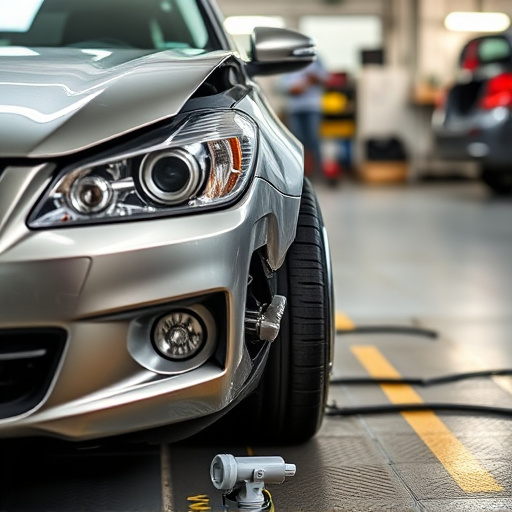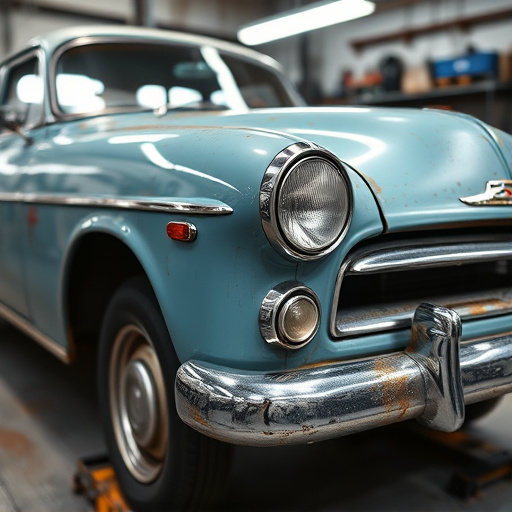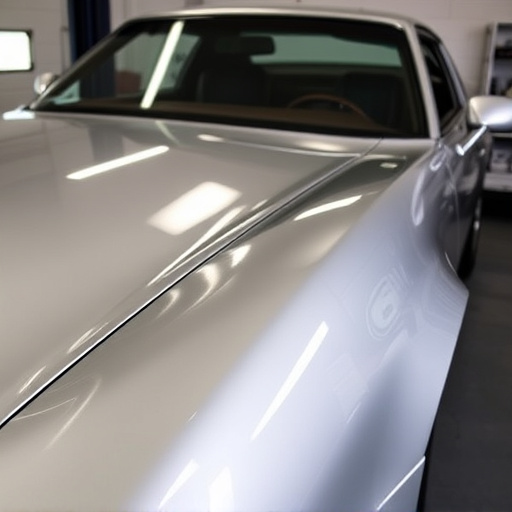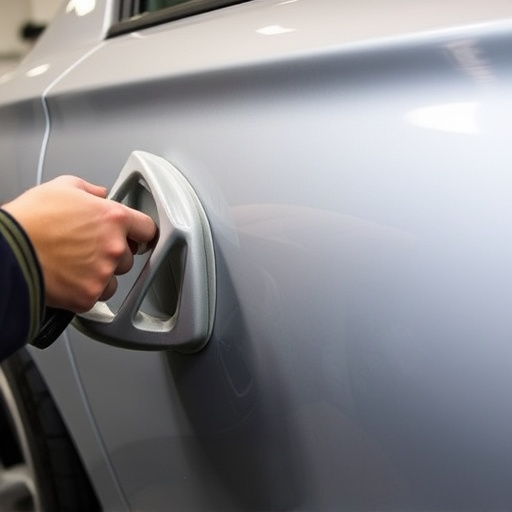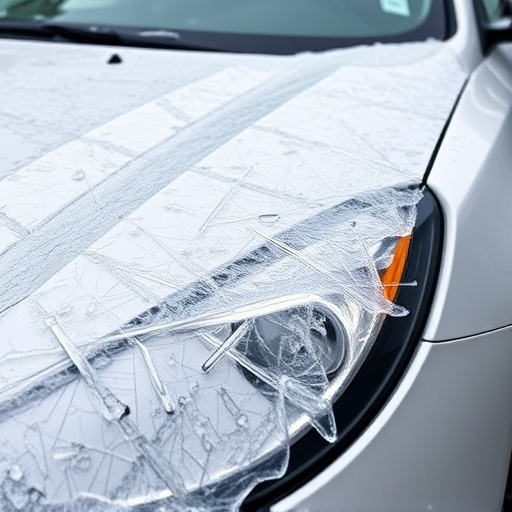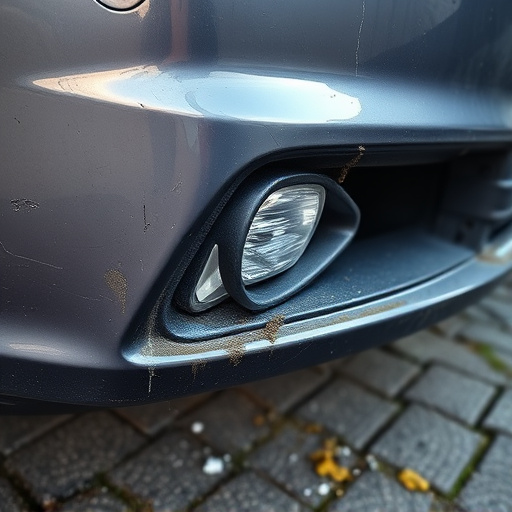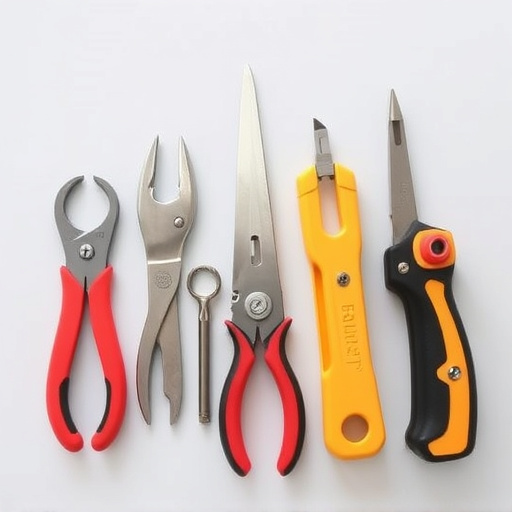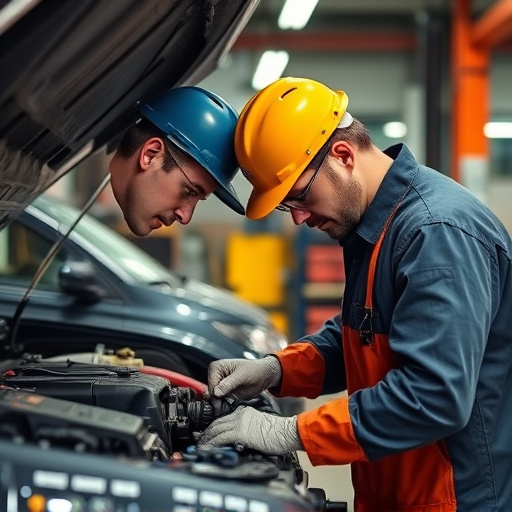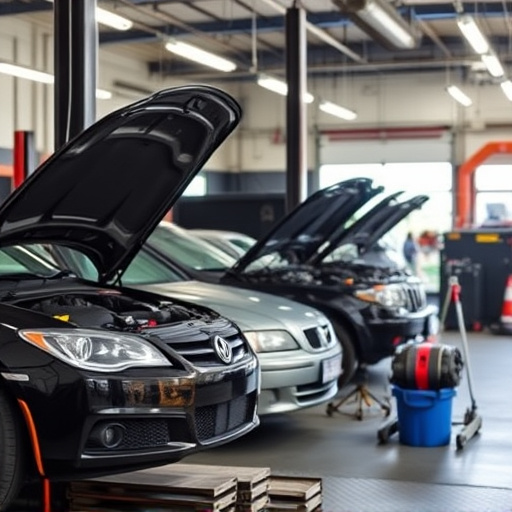Understanding your auto body insurance coverage is essential after a storm, as policies vary in protection levels. Comprehensive or collision damage provisions typically cover hail storms and falling objects. Review your policy details, including deductibles and approved repair shops, to ensure a swift claim process. Document all damaged areas, take photos, and communicate with your insurer. Reputable collision centers assess and repair storm-related damages, ensuring necessary auto maintenance is covered. This process helps get your vehicle back on the road faster after challenging weather events.
Storms can cause significant damage, leaving your vehicle in need of expert repairs. Understanding your auto body insurance coverage is crucial for navigating storm damage repairs. This article guides you through the process, from recognizing eligible repairs under your policy to ensuring claims are smoothly processed. We’ll break down the steps involved in making a claim and highlight what’s covered when it comes to storm-related auto body damage, empowering you with knowledge to protect your investment.
- Understanding Auto Body Insurance Coverage for Storm Damage
- What Does Storm Damage Repair Entail?
- Making Claims and Getting Repairs Paid For
Understanding Auto Body Insurance Coverage for Storm Damage
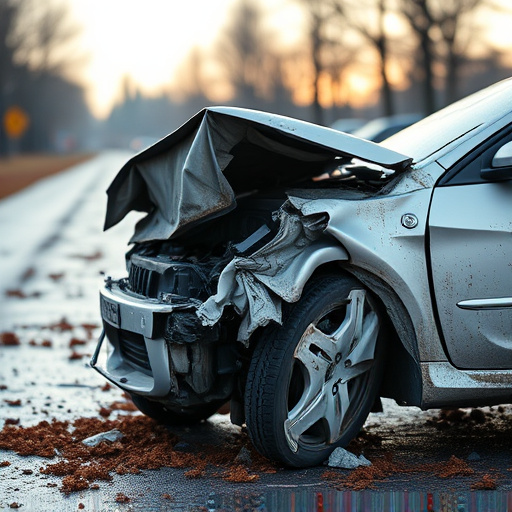
When it comes to storm damage repairs, understanding your auto body insurance coverage is crucial. Many standard auto insurance policies include provisions for comprehensive or collision damage, which can cover storm-related incidents like hail storms, strong winds, and falling objects. However, the specifics of what’s covered and the process of filing a claim can vary significantly between insurers. It’s essential to review your policy documents carefully to comprehend the extent of protection offered for vehicle bodywork repairs following a storm.
Storms often leave behind a range of damage, from minor dents and scratches on exterior panels to more severe issues like fender repair or even complete structural damage. Auto collision repair professionals are equipped to handle these various types of storm-related repairs. Your auto body insurance coverage should step in to help pay for these fixes, ensuring your vehicle is restored to its pre-storm condition. Remember that the process of filing a claim may involve gathering evidence, such as photos documenting the damage, and coordinating with your insurer for an assessment and repair authorization.
What Does Storm Damage Repair Entail?

Storm damage can wreak havoc on vehicles, from broken windows and dented bodies to flat tires and electrical issues. Storm Damage Repair involves a comprehensive process of assessing, fixing, and restoring vehicles affected by severe weather conditions. This often includes intricate auto body work such as straightening bent frames, repairing or replacing damaged panels, and meticulously patching up scratches and dings. In many cases, it also entails specialized tire services, ensuring that wheels are balanced, aligned, and in optimal condition post-repair.
The extent of the repair process can vary widely depending on the severity of the storm and the specific damage incurred by each vehicle. As such, having the right auto body insurance coverage is paramount. Auto body insurance typically covers repairs related to storm damage, including vehicle restoration and various vehicle repair services. Policyholders should familiarize themselves with their coverage details, understanding what’s included, any deductibles, and the network of approved repair shops to ensure a smooth and efficient recovery process.
Making Claims and Getting Repairs Paid For

After a storm, many homeowners and drivers are left with extensive damage to their properties, including their vehicles. The first step in repairing this damage is understanding your auto body insurance coverage. Different policies have varying levels of protection, so it’s crucial to review your policy details carefully. Auto body insurance typically covers repairs related to storms, such as hail damage or winds that cause car scratches and dents.
When making a claim for storm damage, be sure to document all the affected areas, including any car scratch repair needed. Take photos of the damage and keep records of all communication with your insurance provider. Reputable collision centers can assist in assessing and repairing these damages, ensuring that you receive compensation for the necessary auto maintenance work. Remember, a swift claim process can help get your vehicle back on the road faster, minimizing disruption during this challenging time.
When faced with storm damage, understanding your auto body insurance coverage is crucial. This guide has outlined the key aspects of navigating repairs, from the scope of coverage under your policy to the claims process. By knowing what services are included in auto body insurance coverage for storm-related incidents, you can ensure that your vehicle receives the necessary attention without undue financial strain. Remember, prompt action and a thorough understanding of your policy will help streamline the repair process, leaving you with a restored vehicle and peace of mind.
